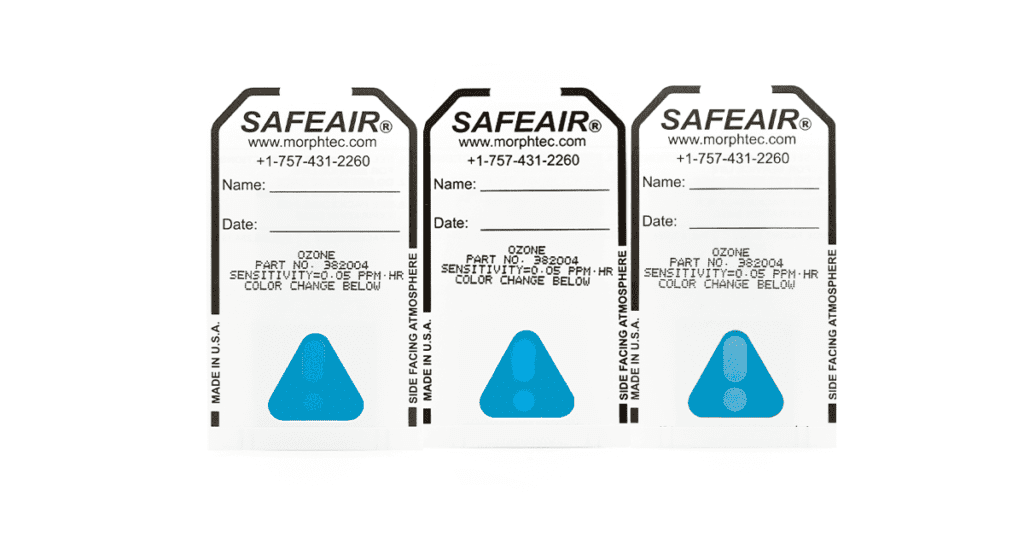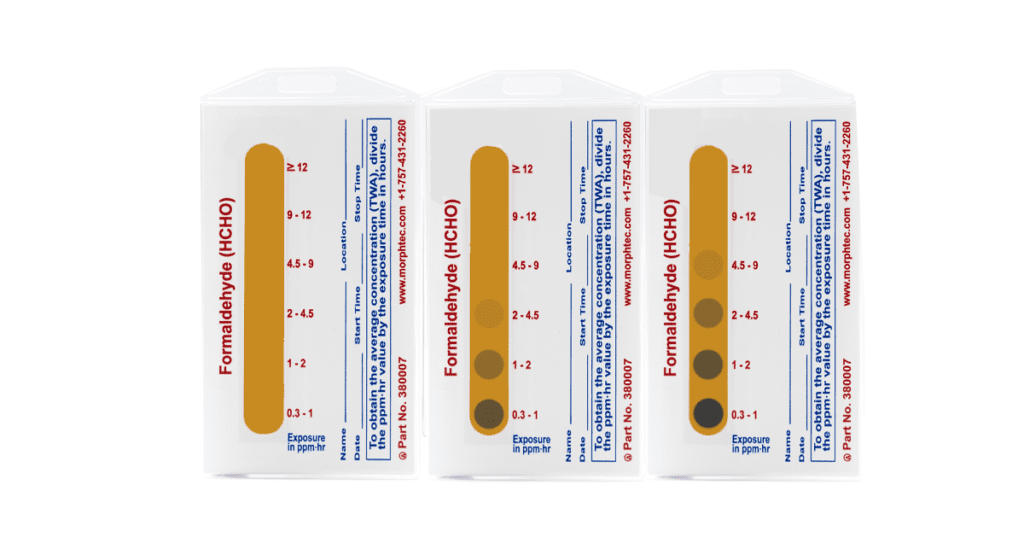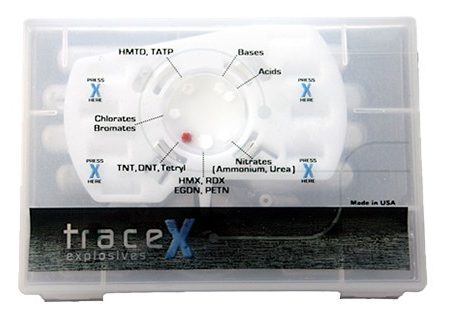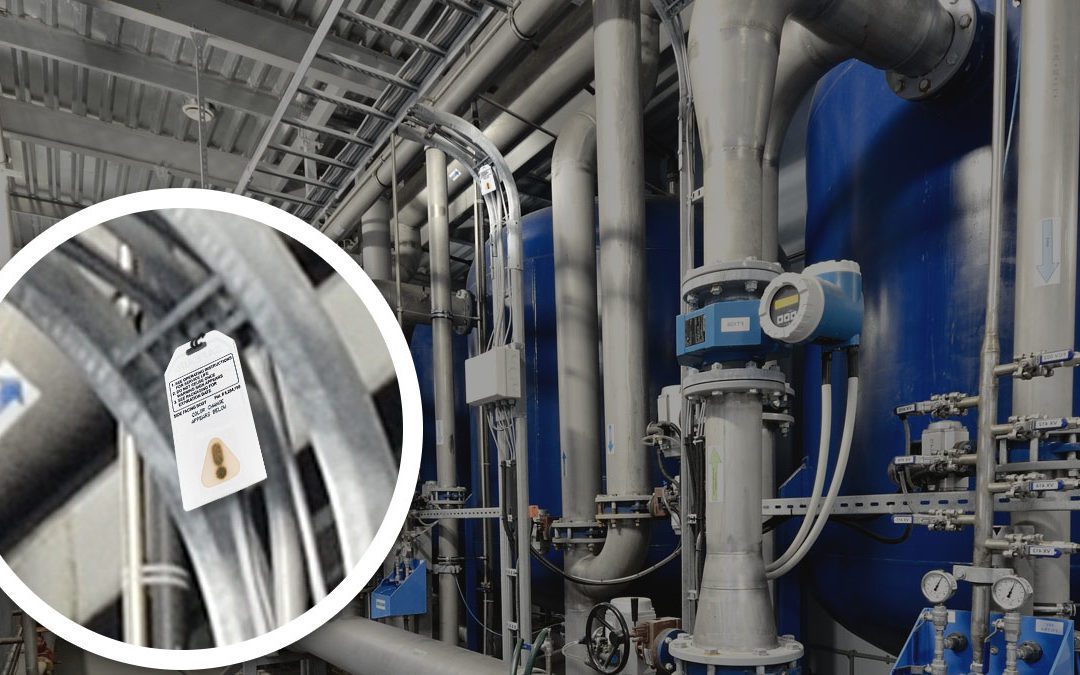What is Chemical detection and why do we need it?
Believe it or not, the need for chemical detection is not just prevalent in chemical labs and big science corporations. In fact, the need spreads out over almost every industry in one way or another. From sanitizing fruits and vegetables, to creating new rocket fuels, and even at the dry cleaners! Chemicals are everywhere and they’re the building blocks of the world we know.
So should you be nervous about chemicals in your daily life?
The industries we serve take precautions to ensure the safest practices for industry employees and the planet. Even though some of the chemicals may seem scary, they have the greatest need to be monitored at the time of use.
For Instance – foam manufacturing uses a group of chemicals called isocyanates (I -SO-SIGH-AN-ATE-S) and they can lead to bad reactions if someone is exposed for too long to the raw material. The great part about chemistry though, once those chemicals are used and combined with others, they turn into something different entirely- in this case let’s say foam for a pillow. Once the science magic happens and the final product revealed, each of the ingredients are no longer harmful meaning consumers can have peace-of-mind.
What industries are served?
Here at Morphix we have a long list of industries served and chemicals that can be detected. Take a look at the links below and learn a bit about each of them.
- Aerospace
- Automotive
- Chemical
- Construction
- Food
- Healthcare
- Manufacturing
- Petrochemical
- Pharmaceutical
- Polyurethane
- Water Treatment
- Law Enforcement
- Military
- Fire/EMS
What are the different Chemical Detection Methods?
There are many different ways to go about chemical detection. For instance, some industries are best served with an installed gas monitor while others benefit from handheld electronic devices. There is also a need for area monitoring and personal monitoring which can mean the need for multiple types of detection equipment. At Morphix technologies, we specialize in colorimetric chemical detection for both area and personal monitoring – it’s easy to use in any situation and works to keep you safe everyday! Check out the different products we’ve linked in the photos below.




